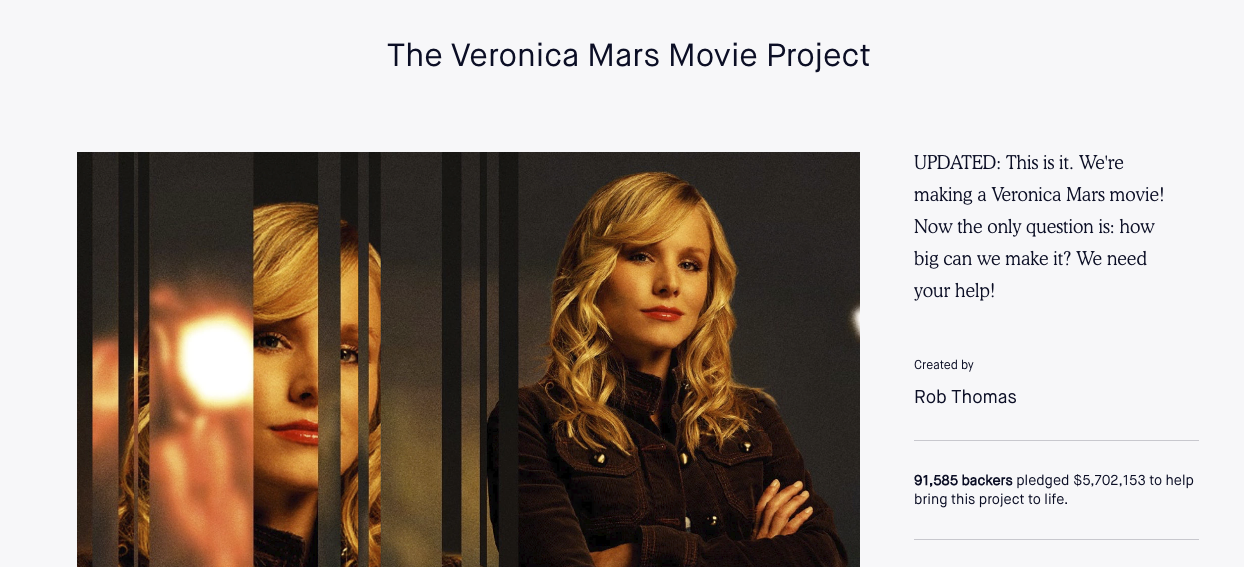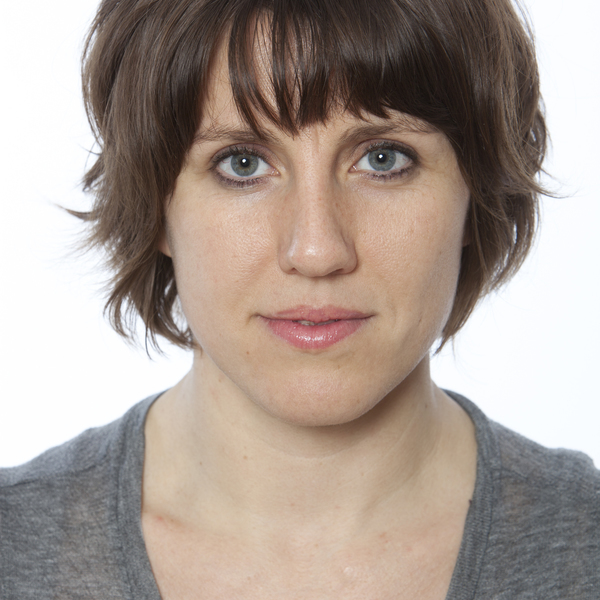All my fellow creatives have heard many times: when is your next film coming out ? Are you writing your next book? What are you working on ? As soon as you have a product out, it seems like you need to be immediately working on the next thing. Obviously it’s a compliment, and we should be flattered. Thankfully people actually care about what you’re doing next. The worst reaction is indifference. However, that thinking also conveys to me that art and content are a commodity, and at the rate that we consume it, robots might soon be better suited than us at creating it.
It took me all of last year to realize that the “rat race” was toxic for me, and for a lot of other creatives that I know.
Of course I have ideas about what I want to do next, I have ideas constantly. Doesn’t mean I’m ready to tackle the subject or dive right in. But all of last year, I was scrambling to get started with my next project and figure out ways to take the plunge as quickly as possible, because that’s what was expected of me, without taking the time to ask myself: “where can I make the most impact? Where does my instinct lead me right now ? How do I really want to use my time and energy ? What stories do I want to tell ?”
Learning how to juggle
Constantly be planting seeds and starting things
Another aspect which I find both troubling and inspiring, is that this turnover mentality relies on the need and ability of freelancers, small business owners, entrepreneurs and artists to have many irons in the fire at any given time. The idea is not single focus, but to constantly be planting seeds and starting things because it could take months or even years for a project to come to fruition. For a lot of freelancers, that’s basically a survival strategy – constantly be working. But it’s also a smart business skill to acquire. I deeply believe in the “artist as an entrepreneur” strategy – heck that’s how I built my career. This is especially true in the film business. I am for example deeply inspired by Ava Duvernay, who is so smart and strategic about her career, and always has other balls in the air when a project is being made. She is always planting seeds. As a woman of color, this is a specifically important survival strategy as she was denied far more opportunities.
It’s also very stimulating to be working on projects, especially with people you like and admire, so there’s something to be said for “creativity begets creativity and action begets action.” Being on set, or in production, meeting people, being collaborative, that’s a constant source of inspiration and motivation. So I am of course not saying that we have to lock ourselves up and stop working. But…here’s why I think we should take a step back and give ourselves more time to, well… do “nothing”.
The four steps to creativity
The stage of incubation should include a large amount of actual mental relaxation – Graham Wallas, The Art of Thought
I realized a couple of weeks ago, in September 2018 that I had been so deeply focused on a incredibly ambitious project for the last 5 years that it took over my life and all of my energy. While I had been of course developing my own career, and learning invaluable things, I had not had any time or brain space to really start anything new and put those irons in the fire. This September was the first time in 5 years that my work was not cut out for me and that I had room to do something else. I had a blank canvas in front of me (I was basically unemployed, if we want to be less romantic about it). I still had plenty of business to conduct for She Started It of course, and impact to make with the film, some freelance work (I have been very proud to work on HBO’s The Tale‘s impact campaign since March), but I was staring at a blank page for my next endeavor. And it scared the life out of me. (Well some people are easily scared, I might be one of them).
I spent the first month this September freaking out and focusing on business and sales for my last film She Started It. It was what I knew. It was routine. Then I snapped out of my funk and started resuming work on my ideas to actually start the juggling process. One ball in the air ! Another one ! Then a few things happened that were incredibly helpful.
- I started talking to people about it, friends, peers.
- I focused on my routines – weekly writing to exorcise and learning new things as much as possible
- I realized that this is all part of the incubation process and I had to embrace it. Not resist it.
In 1926, Graham Wallas, the co-founder of the London School of Economics wrote in The Art of Thought: “the stage of incubation should include a large amount of actual mental relaxation”. A process known to most artists, writers and innovators. Einstein was notoriously all about letting the subconscious, and his love of music, do the work to help him solve problems. (this whole concept is brilliantly explained in Professor Stephen Krashen’s article.)
Wallas developed a model, with four steps to the creative process: preparation, incubation, illumination, and verification. This can of course be applied to any work that involves creativity and inspiration, which covers a very large scope. More over, many studies and article show how much everyone would benefit from a little more down time – overworked employees first and foremost.
How can anyone afford this incubation period?
Should we consider that business is simply a part of the artistic process now ? Or should we fight for more public funds for everyone to have time to just create ?
Back in the day, patrons allowed artists to spend time “incubating” and basically sponsored them during that crucial phase. Now is a very different time. Artists are expected and required to be entrepreneurs. Again, that’s something that I embrace. That’s why I worked on distributed my movie myself with my partner Insiyah Saeed and why I’m creating a podcast with other filmmakers and experts on self-distribution methods. This also comes with more freedom – you don’t need to depend on a rich patron, or a corporate sponsor, or a big distributor or studio, when you control the chain from creation to distribution, cultivate your own audience and remove the middle man.
That being said, with that comes a lot of time taken away from actually creating, and more troubling, the phenomenon described above. You become a content creation machine for people who are waiting for you to be putting work out there, and you also have to keep juggling projects to survive and constantly be working. Should we consider that business is simply a part of the artistic process now ? Or should we fight for more public funds for everyone to have time to just create ? My opinion is we that need as many pathways as possible to diversity possibilities and promote sustainability.
Barry Jenkins, the oscar-winning director of “Moonlight” got criticized for not having put a movie out in the 8 years preceding Moonlight. But Barry Jenkins doesn’t owe us a next project (Although his new one, “If Beale Street Could Talk”, is awesome.) What if those 8 years were necessary for him to get to the place of creating the masterpiece that is Moonlight ?
New alternatives
Modern patrons are emerging. The platform Patreon promises to do just that. New funders are investing in artists and not just institutions and sponsoring their incubation periods, filling the gap left by public budget cuts. Crowdfunding had already started to help leveling the playing field (because let’s be honest, a lot of communities don’t have access to rich patrons).
The bottom line is that we need to keep developing sustainable and long term ways for artists to have time to think, breathe, and incubate. We also need to teach artists to be more entrepreneurial and not have to rely on a rich benefactor, but that won’t be enough. Maybe this requires shifting our own attitudes towards consuming content. All I know is we will all be better for it. Hit the comments with your thoughts !


2 thoughts on “The Art of doing nothing”